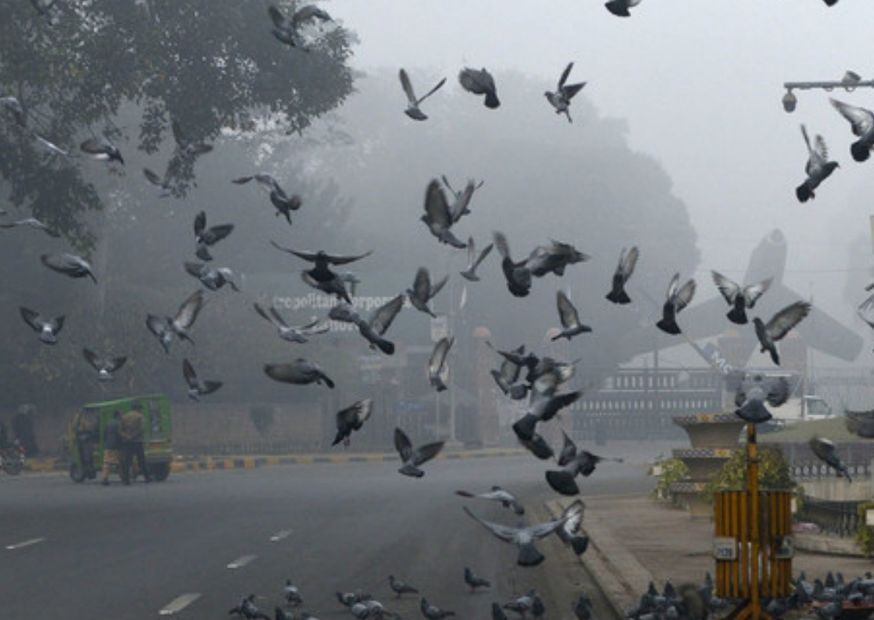LAHORE: A thick blanket of smog continues to suffocate Lahore — and its impact is proving just as devastating for the city’s wildlife as it is for its residents. Officials from the Punjab Wildlife & Parks Department warn that the toxic air has pushed several native bird species to the brink of disappearance, while animals in captive facilities are also exhibiting signs of respiratory distress.
Over the past three decades, Lahore’s explosive urbanisation has eaten away at agricultural land, orchards and green belts that once acted as natural sanctuaries for birds and small mammals. Concrete expansion, rising industrial activity and rapid population growth have collectively stripped the city of the vegetation and open spaces crucial for urban biodiversity.
Deputy Chief Wildlife Ranger Dr Ghulam Rasool notes that species once common across the city — such as white-eyes, warblers, green pigeons and various owls — have now become “rare sightings,” largely due to habitat loss and worsening air quality. Recent studies by researchers at the University of the Punjab echo these concerns, documenting consistent declines in bird populations across nearly all major sectors of the city.
The smog’s fallout is not limited to the wild. Animals housed in zoos and wildlife parks in Lahore have shown eye irritation, inflamed respiratory tracts and irregular behaviour — symptoms experts directly link to prolonged exposure to particulate matter and chemical pollutants suspended in the air.
Environmental scientists attribute this crisis to a combination of factors:
• Persistent PM2.5 accumulation that traps heat, reduces visibility and worsens respiratory health.
• Soil degradation and acidification caused by pollution, affecting vegetation and food sources.
• Massive reduction in nesting trees and shrub cover due to unchecked construction and land conversion.
Wildlife and climate experts call for urgent intervention, stressing that the city must rebuild its ecological buffers before more species vanish. They recommend establishing protected green corridors, planting indigenous fruit-bearing trees, tightening industrial-emission controls, regulating vehicular pollution and enforcing bans on stubble burning.
For animals in captive environments, professionals advise nutritional support, indoor sheltering during severe smog spells and dust-reduction systems to minimise exposure.
As Lahore continues to rank among the most polluted cities in the world, the spiralling decline of its biodiversity stands as a stark reminder that smog is not merely a human health crisis — it is an environmental emergency threatening the entire ecosystem.
This story has been reported by PakTribune. All rights reserved.



